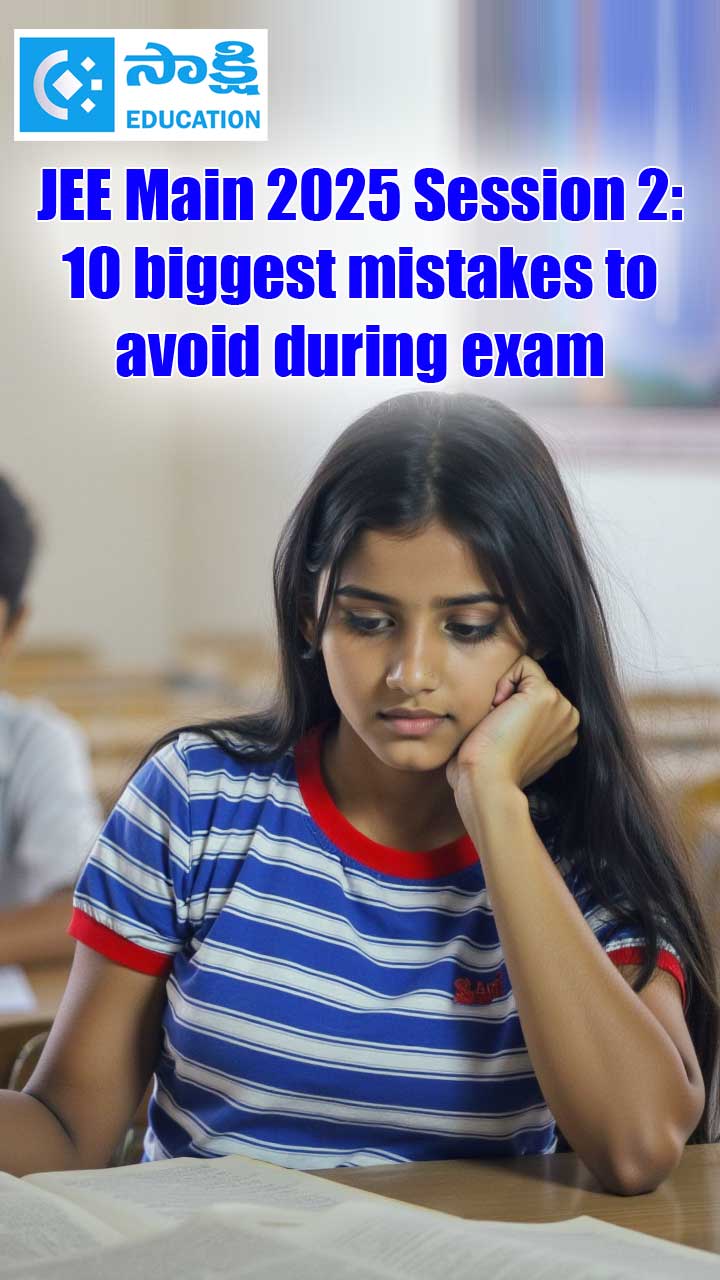The need of the hour in education is equity. How far does the New Education Policy 2020 ensure it?
Sakshi Education
By Srirangam Sriram, Sriram's IAS, New Delhi.


The NEP will bring two crore out-of-school children back into the mainstream. The policy aims at a 100 per cent Gross Enrolment Ratio (GER) in school education by 2030 and 50 GER in higher education by 2025 – it’s currently about 25 per cent.
The key principles of the NEP relate to accessibility, equality, accountability, affordability, and quality of education.
Transformative changes that are promised relate to education in the local language or mother tongue at least up to the fifth grade and if possible, eighth and beyond; universal access and early childhood education; curriculum change leading to learning outcomes (LOs) and competencies; stress on equity, gender, special needs and promotion of multilingualism. Universal access to education at all levels can be achieved by multiple learning pathways involving both formal and non-formal education modes.
Universal Access to Early Childhood Care and Education (ECCE) is a commitment.
It talks of capping fees and tries to address persistent problems such as teacher absenteeism.
At the same time, it talks of an enabling milieu for teachers — good salaries, and the ready availability of pedagogic tools.
The policy justifiably aims to increase the spending on education from the current 3.2 per cent of GDP to 6 per cent of the GDP.
 The policy’s success in bringing equity into education will hinge on its integration with the government’s other polices — the New Industrial Policy, Digital India, Skill India, Atmanirbhar Bharat and the “vocal for local” programme.
The policy’s success in bringing equity into education will hinge on its integration with the government’s other polices — the New Industrial Policy, Digital India, Skill India, Atmanirbhar Bharat and the “vocal for local” programme.
The key principles of the NEP relate to accessibility, equality, accountability, affordability, and quality of education.
Transformative changes that are promised relate to education in the local language or mother tongue at least up to the fifth grade and if possible, eighth and beyond; universal access and early childhood education; curriculum change leading to learning outcomes (LOs) and competencies; stress on equity, gender, special needs and promotion of multilingualism. Universal access to education at all levels can be achieved by multiple learning pathways involving both formal and non-formal education modes.
Universal Access to Early Childhood Care and Education (ECCE) is a commitment.
It talks of capping fees and tries to address persistent problems such as teacher absenteeism.
At the same time, it talks of an enabling milieu for teachers — good salaries, and the ready availability of pedagogic tools.
The policy justifiably aims to increase the spending on education from the current 3.2 per cent of GDP to 6 per cent of the GDP.
 The policy’s success in bringing equity into education will hinge on its integration with the government’s other polices — the New Industrial Policy, Digital India, Skill India, Atmanirbhar Bharat and the “vocal for local” programme.
The policy’s success in bringing equity into education will hinge on its integration with the government’s other polices — the New Industrial Policy, Digital India, Skill India, Atmanirbhar Bharat and the “vocal for local” programme.Published date : 23 Nov 2020 11:43AM






